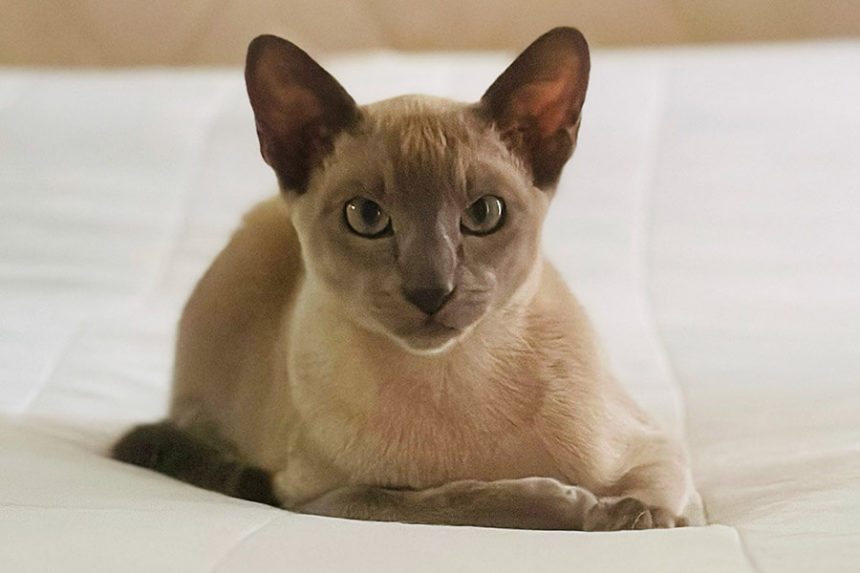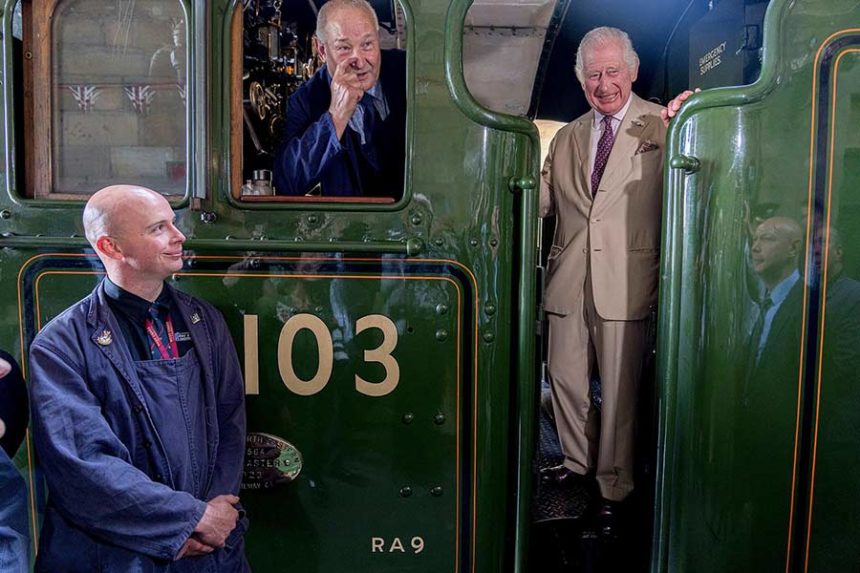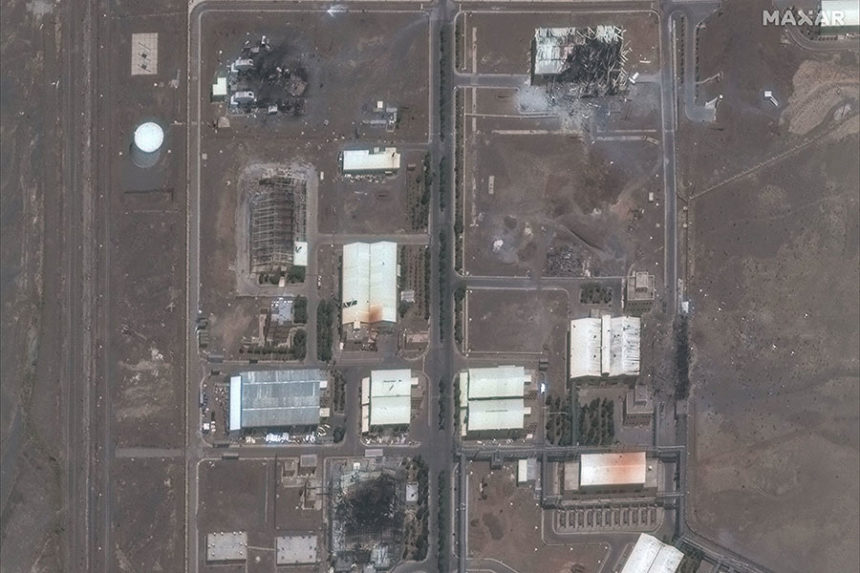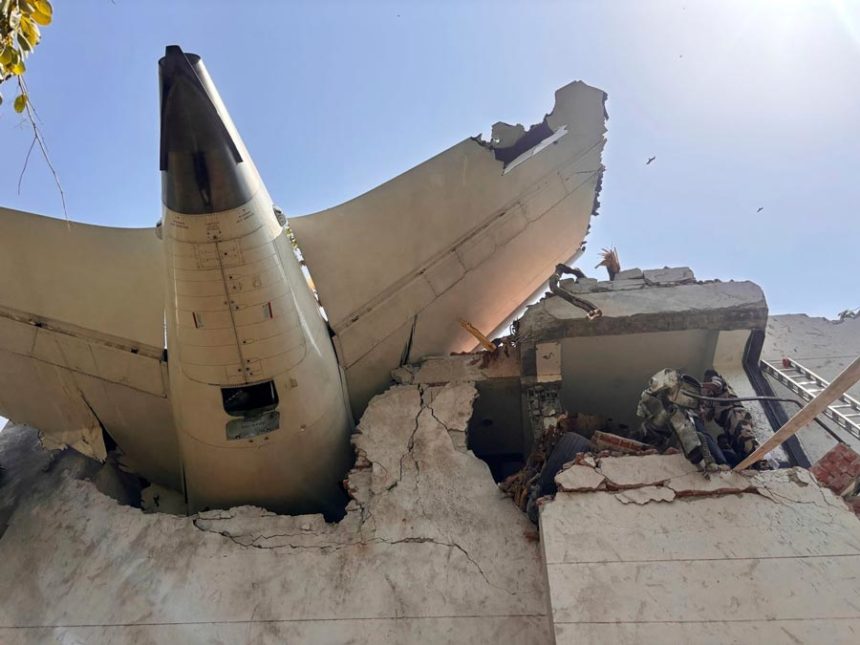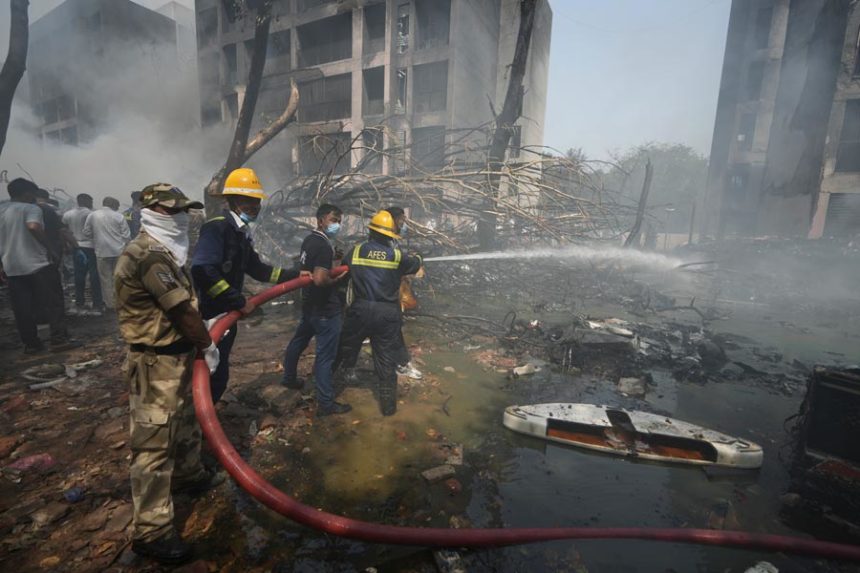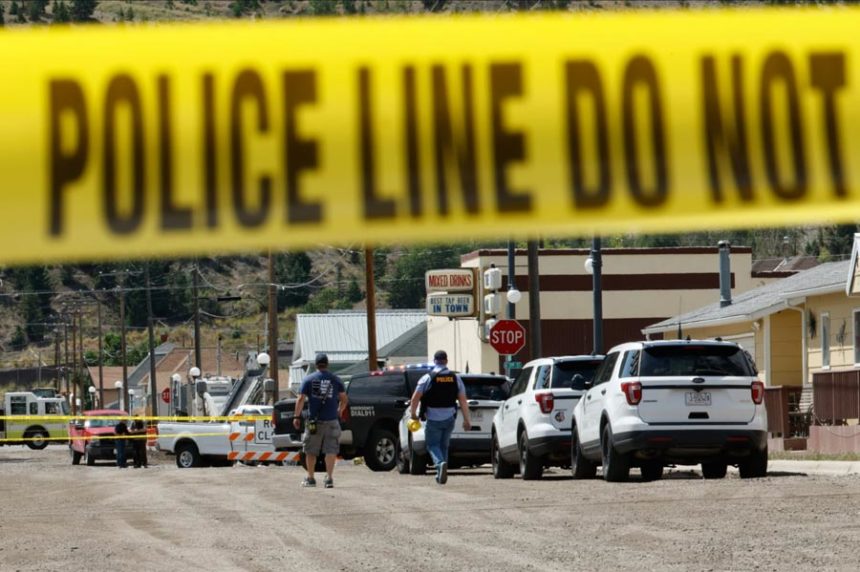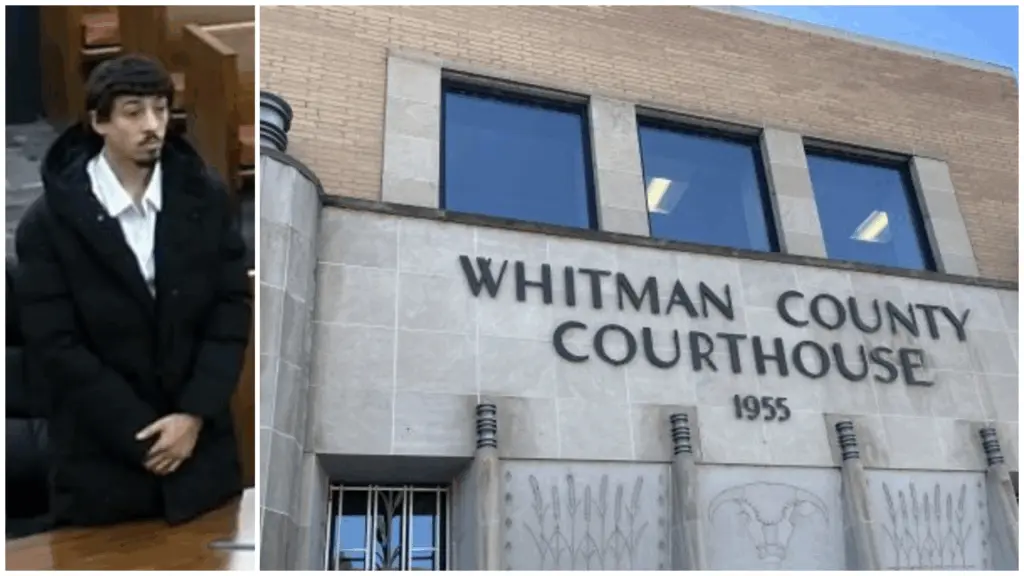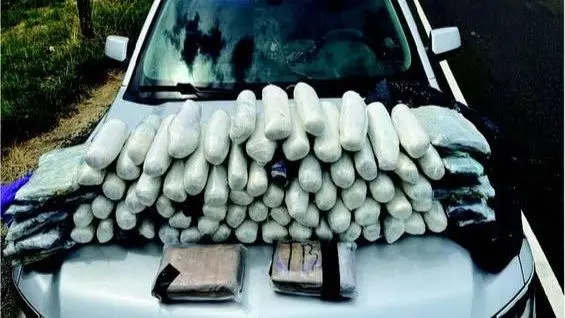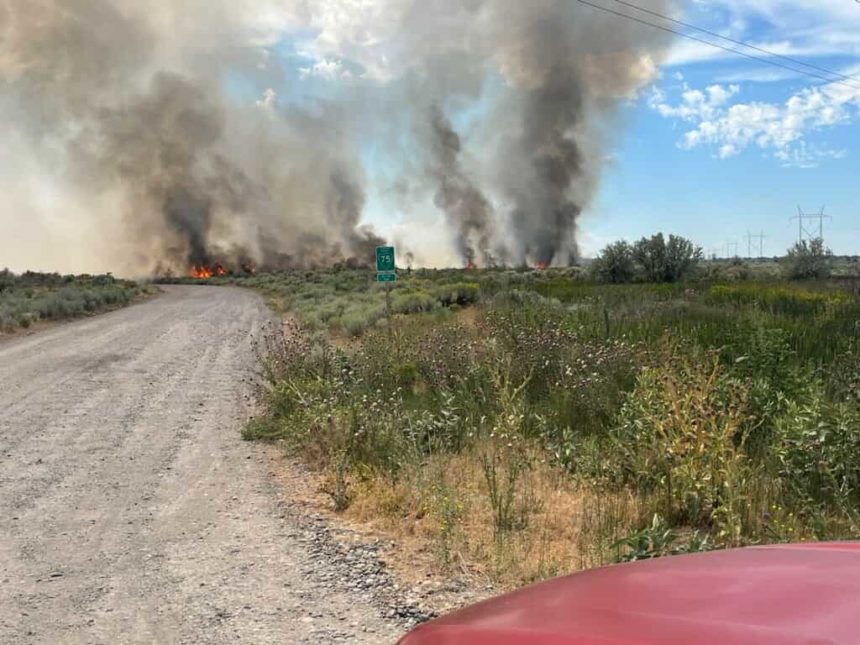London (AP) In order to identify the remains of over 800 newborns and young children who perished at a former church-run shelter for unmarried women and their kids, Irish officials started excavation operations on Monday.
In a predominantly Roman Catholic nation with a history of abuses in church-run institutions, the long-awaited excavation at the former Bon Secours Mother and Baby Home in Tuam, County Galway, western Ireland, is a part of a reckoning.
Throughout much of the 20th century, tens of thousands of orphans and unmarried pregnant women who were compelled to give up their children were placed in these institutions, including the home, which was operated by an order of Catholic nuns and closed in 1961.
Historian Catherine Corless uncovered death certificates for almost 800 children who passed away at the Tuam home between the 1920s and 1961 in 2014. However, she was only able to locate one child’s burial record.
Later, under an underground drainage building on the property, investigators discovered a mass grave that contained the bones of infants and young children. According to DNA analysis, the deceased were between 35 weeks and 3 years old.
According to a significant investigation of the mother-and-baby institutions, respiratory diseases and gastroenteritis, commonly referred to as the stomach flu, were the main causes of the almost 9,000 infants who died in 18 separate mother-and-baby facilities.
The sisters in charge of the Tuam home had expressed their sincere regret and admitted that they had not upheld the intrinsic dignity of the women and children residing there.
It’s a really challenging and terrifying narrative and circumstance. Irish prime minister Michael Martin stated on Monday that we must wait to see what happens next as a result of the excavation.
In the upcoming weeks, survivors and family members will have the chance to see the pieces, according to Daniel MacSweeney, who oversees the exhumation of the infants’ bones at Tuam.
The memorial garden at the site will be under forensic control and closed to the public starting Monday, he said in a statement, adding that this is a unique and extremely complex excavation.
Remains collected from the location will be examined and preserved by forensic specialists. According to officials, unidentified remains will be buried with honor and respect, while any identified remains would be returned to family members in line with their desires.
It is anticipated that the project will be finished in two years.
CONNECTED | In a cemetery that has been forgotten, about 1,000 Idahoans perished by themselves. Here are some tips to help you remember them.

